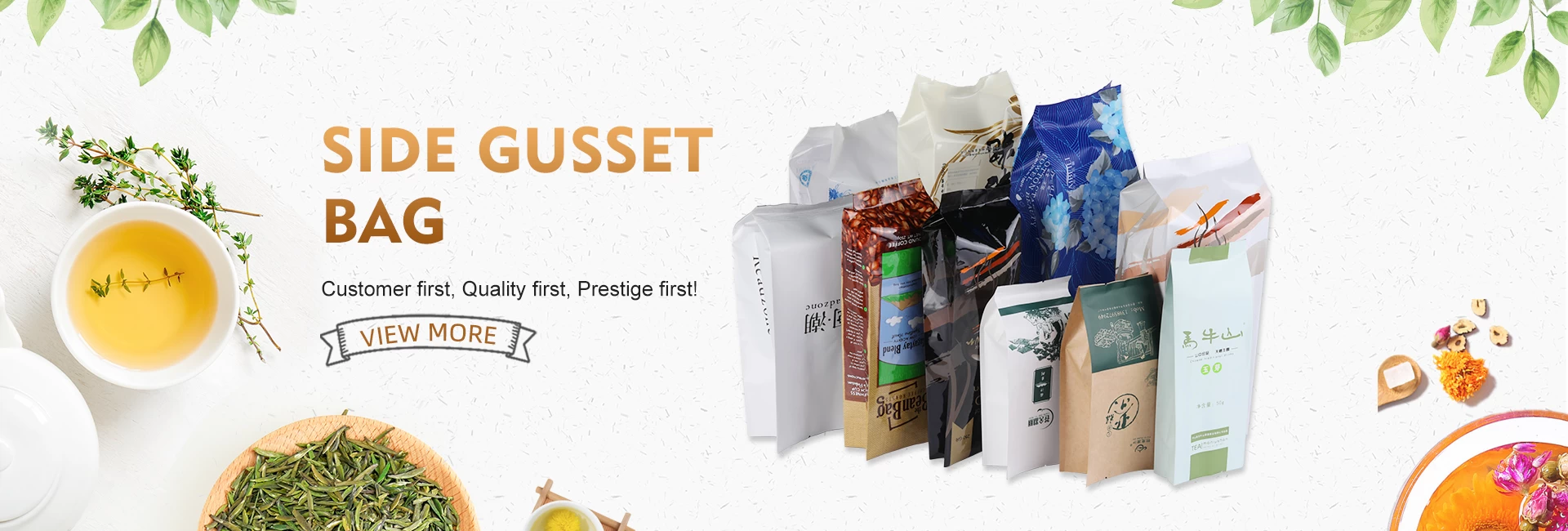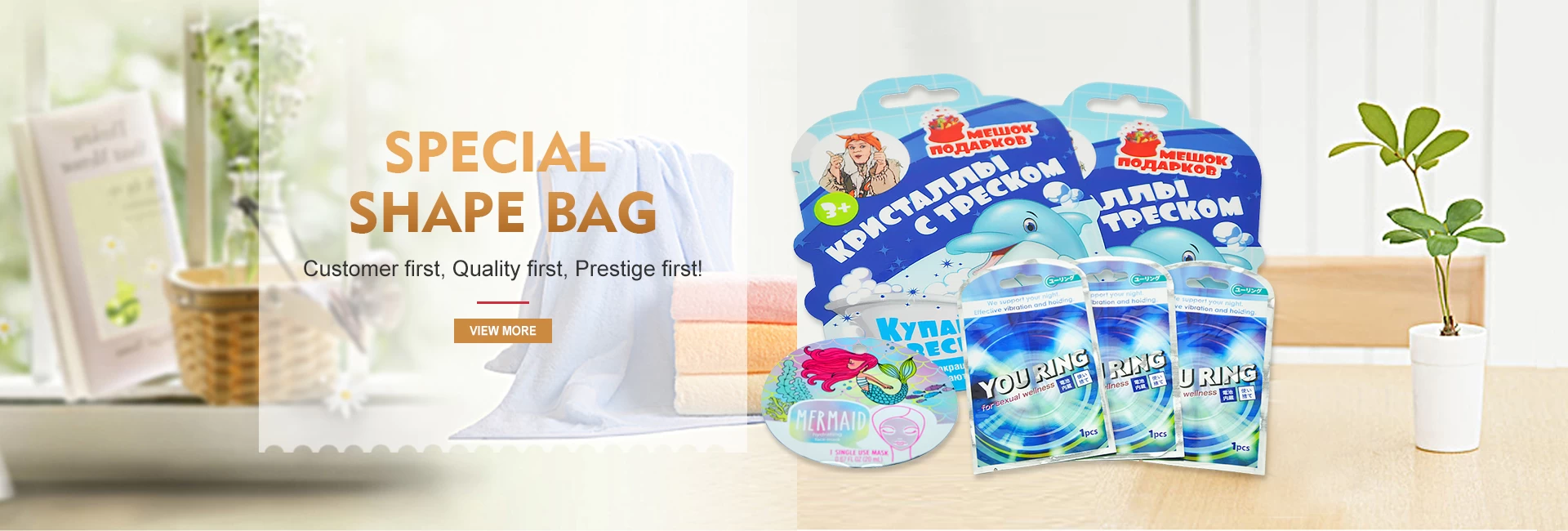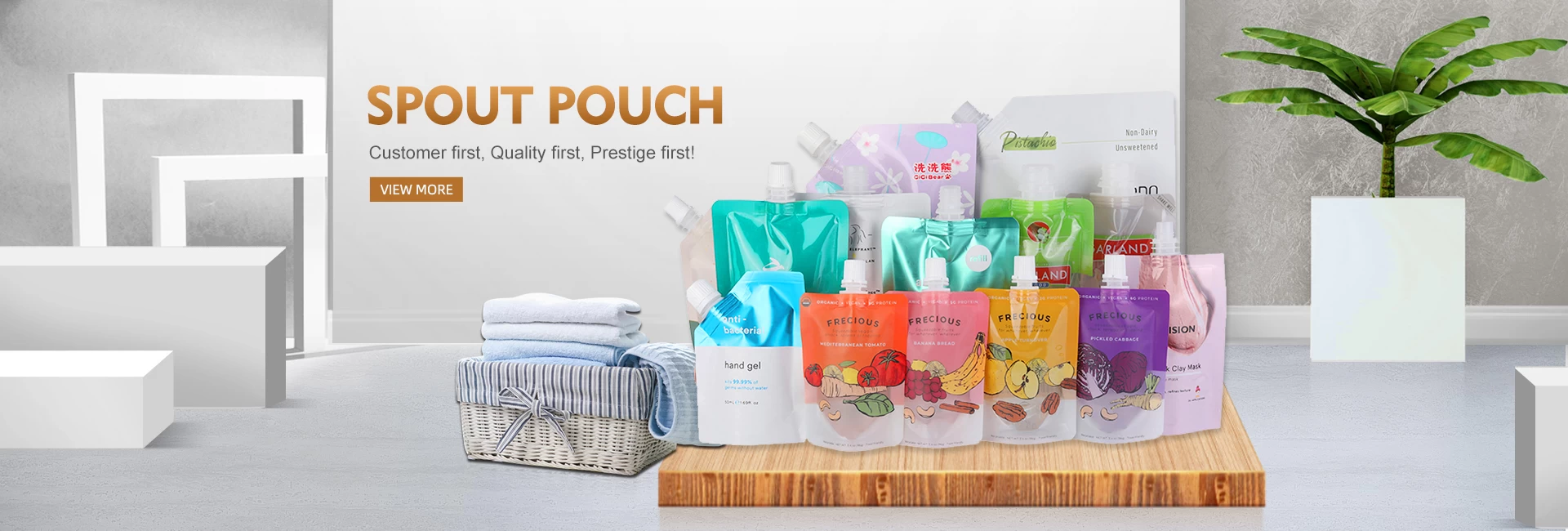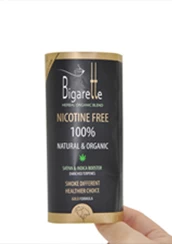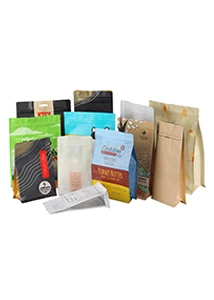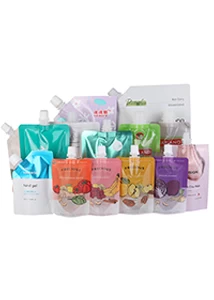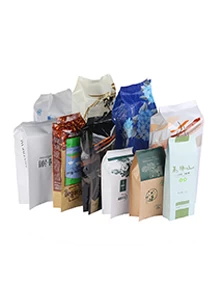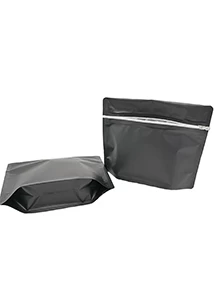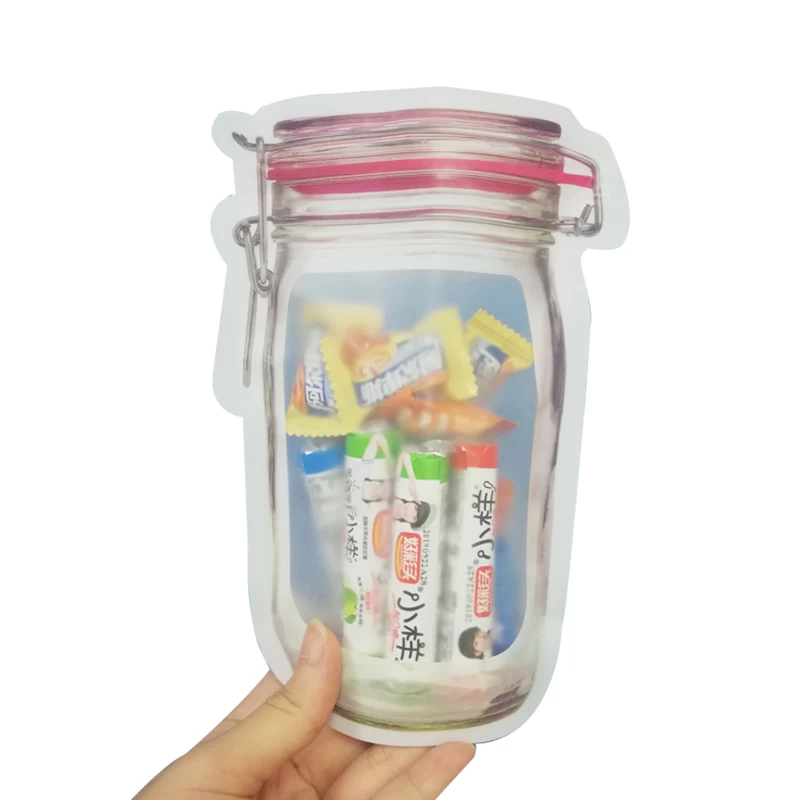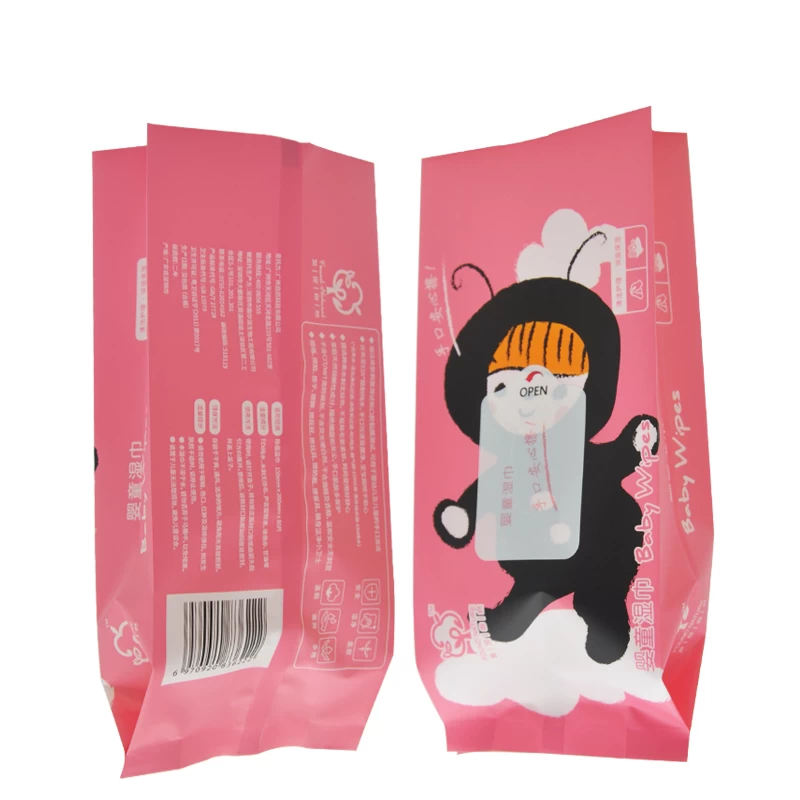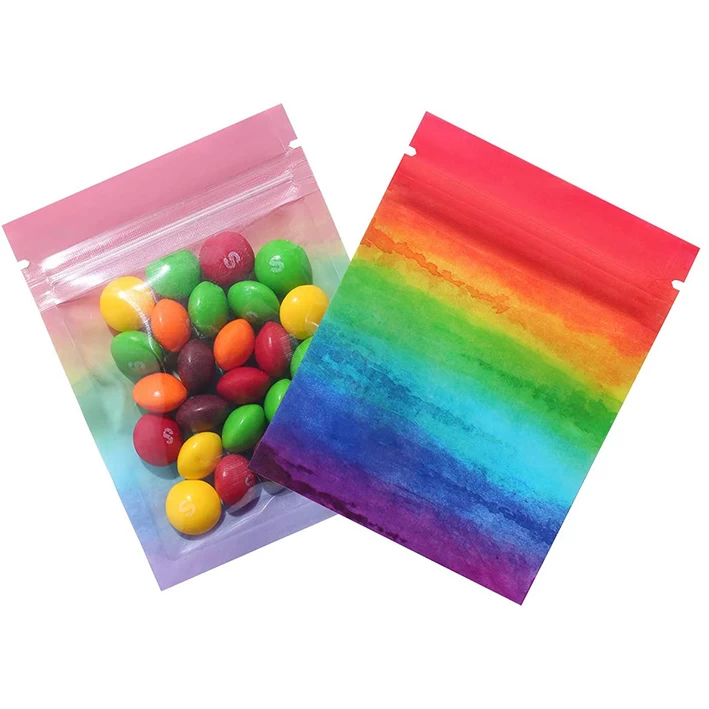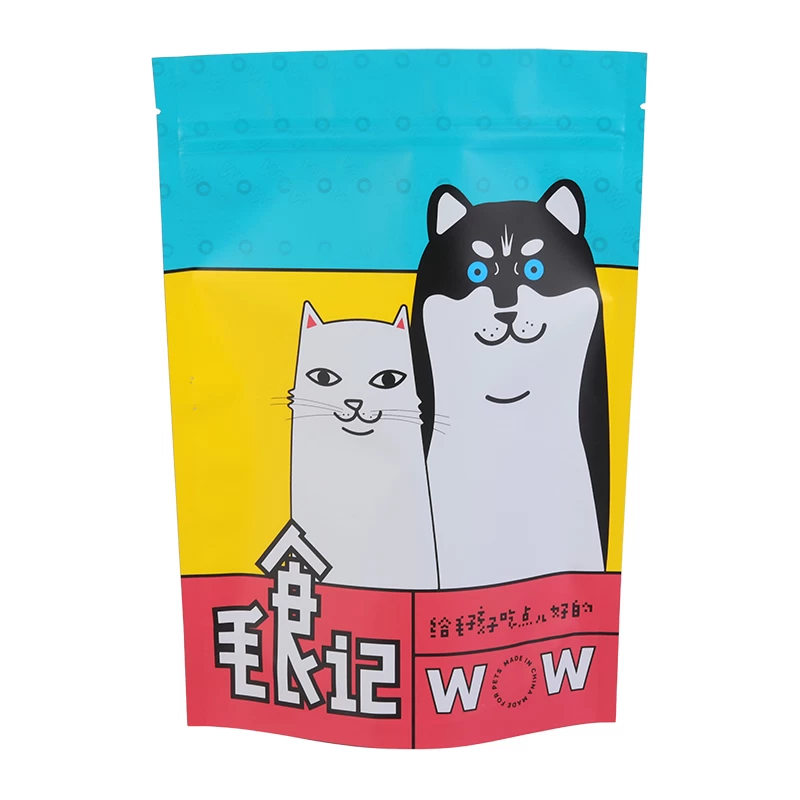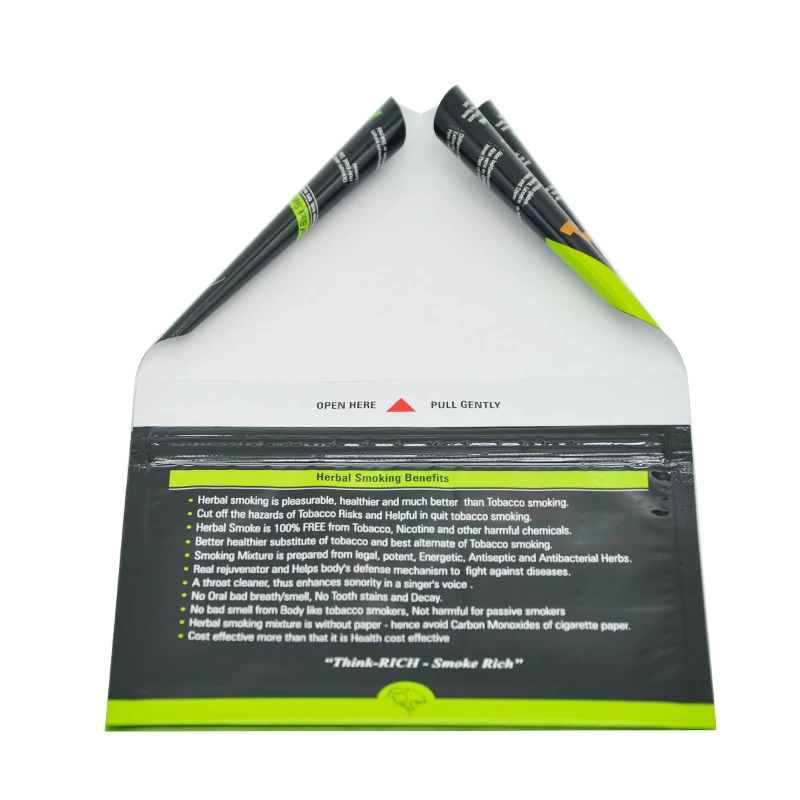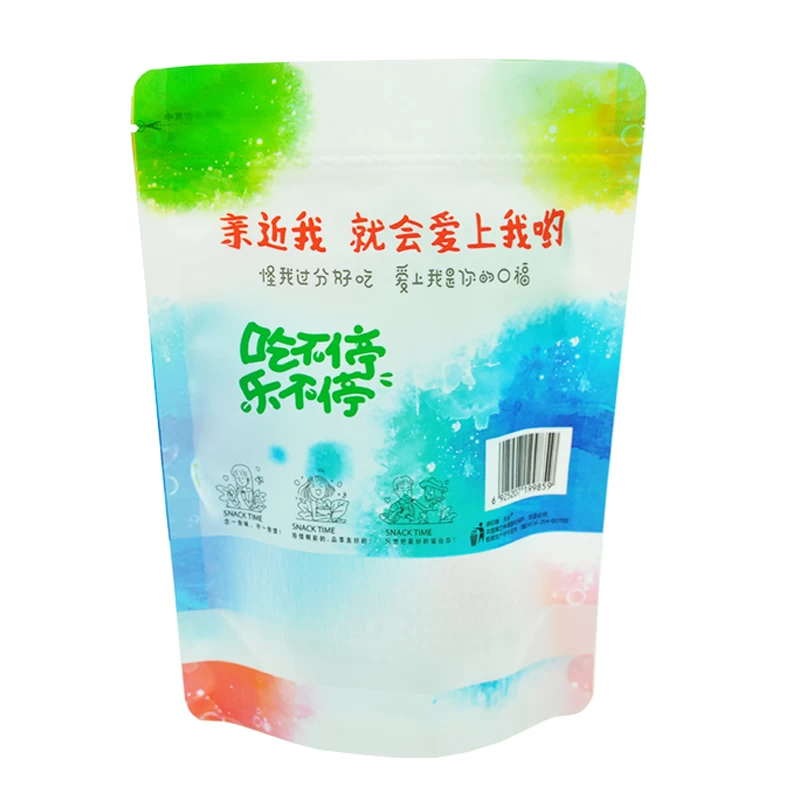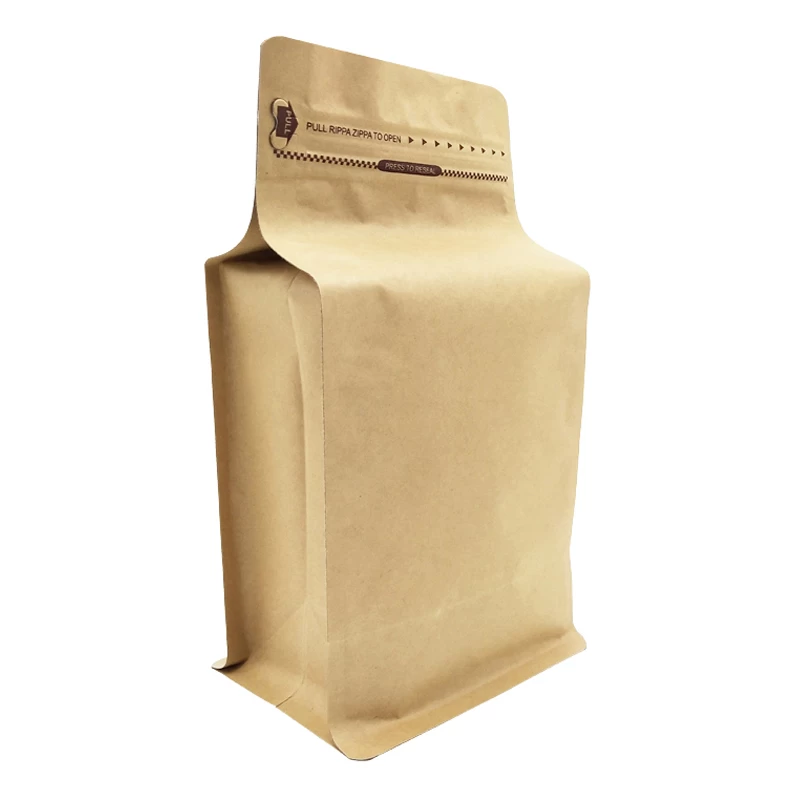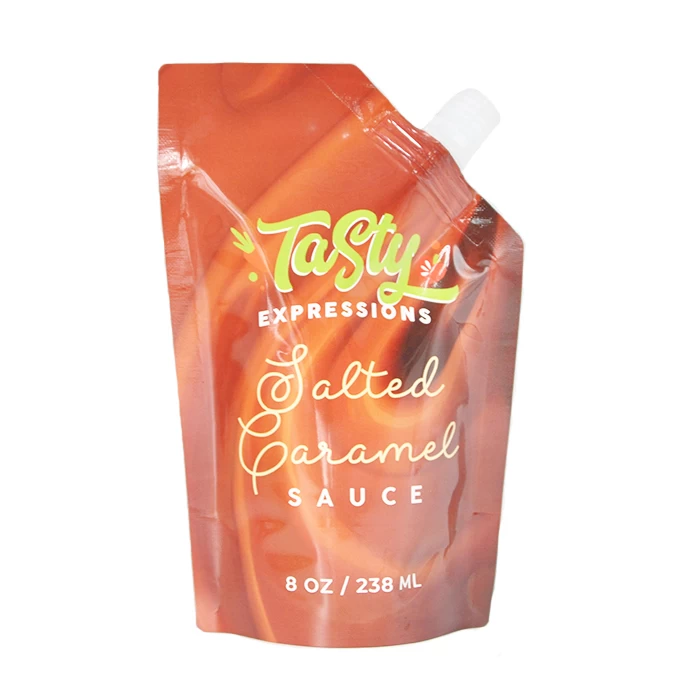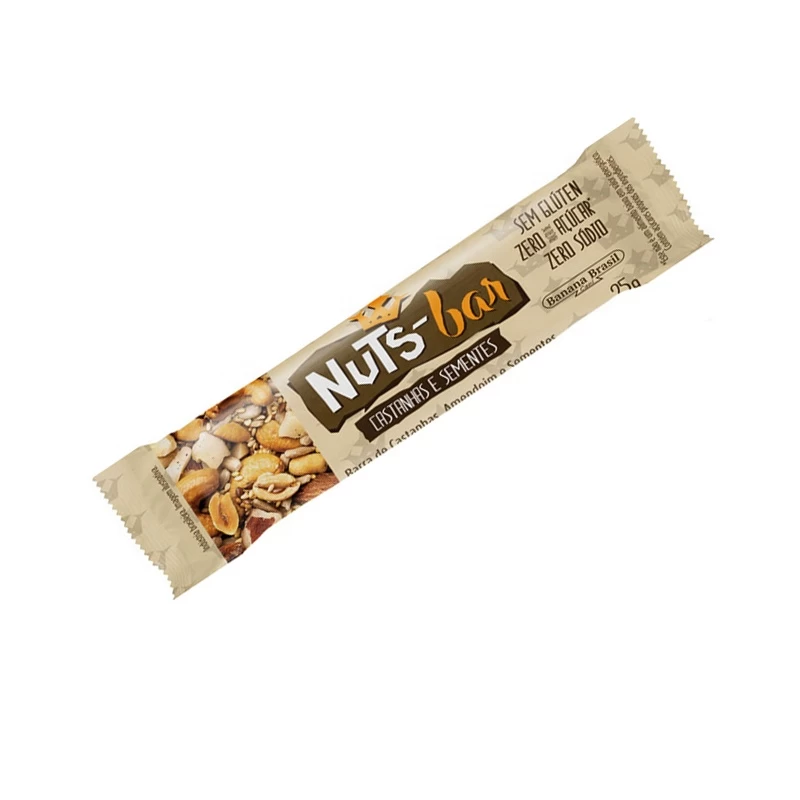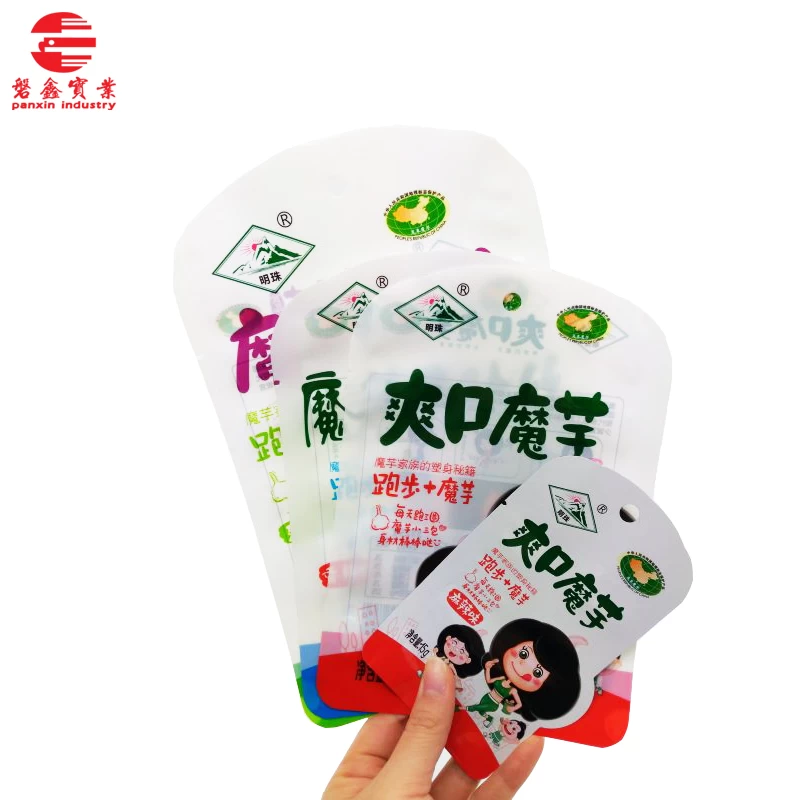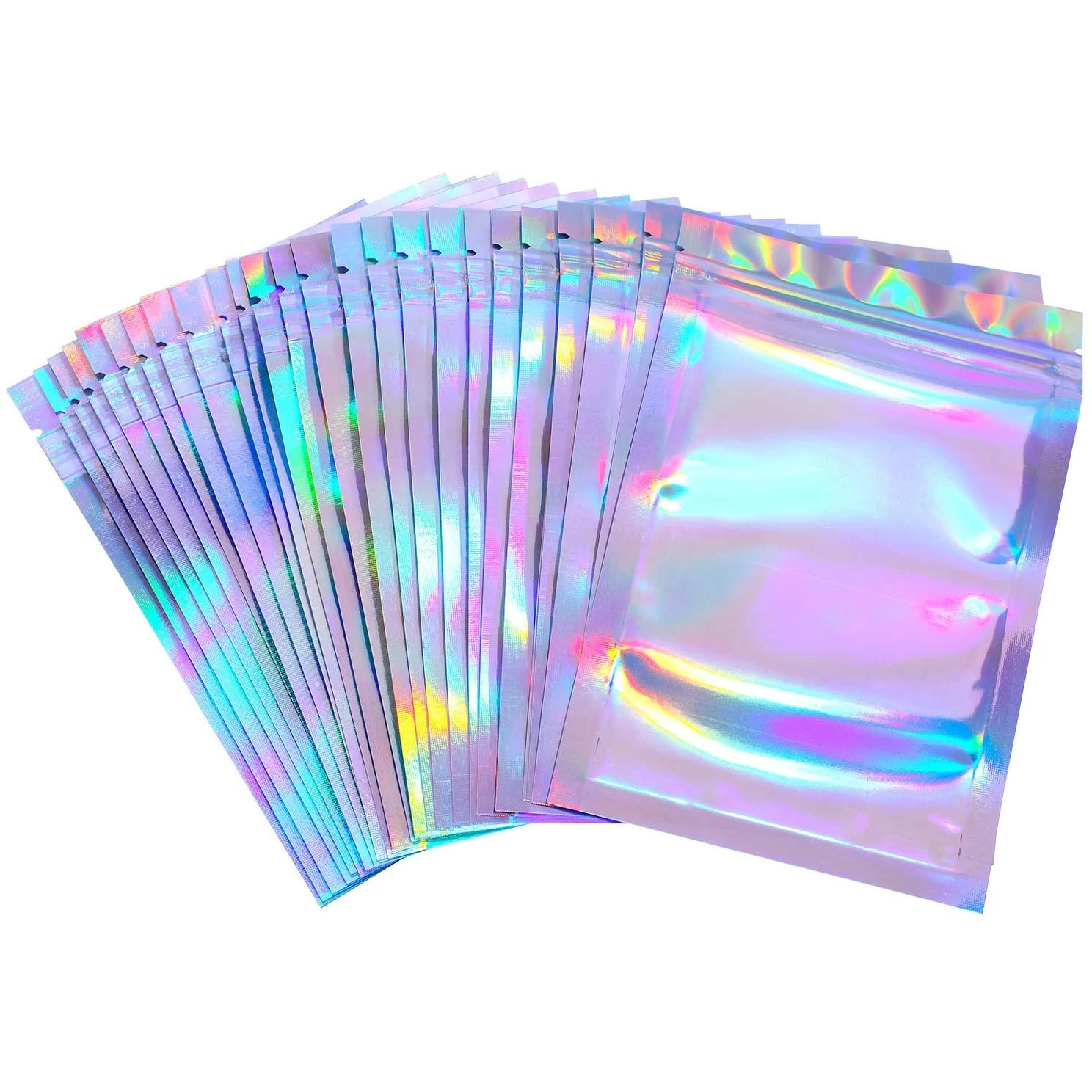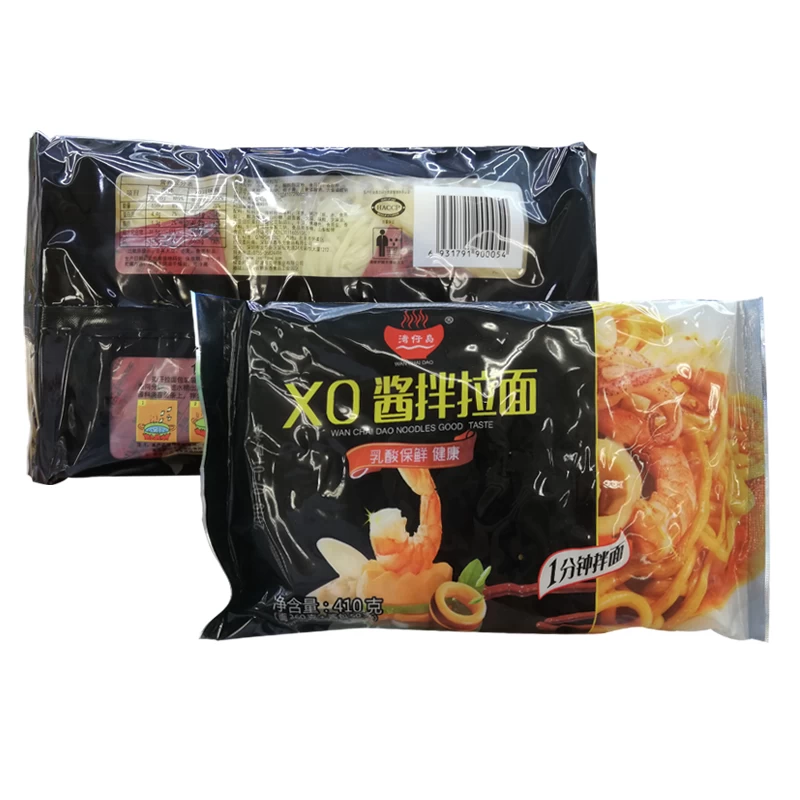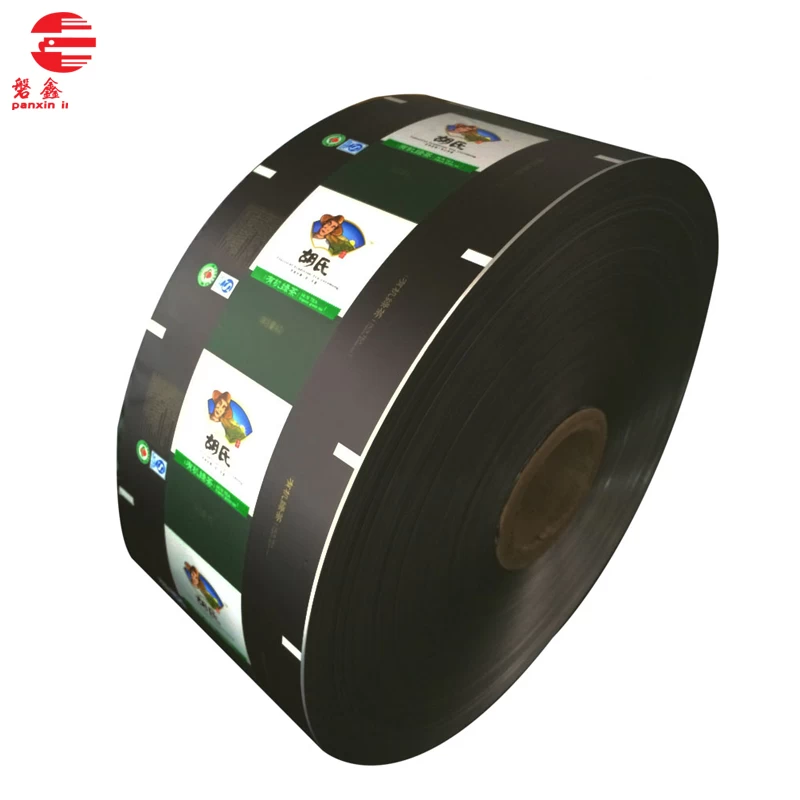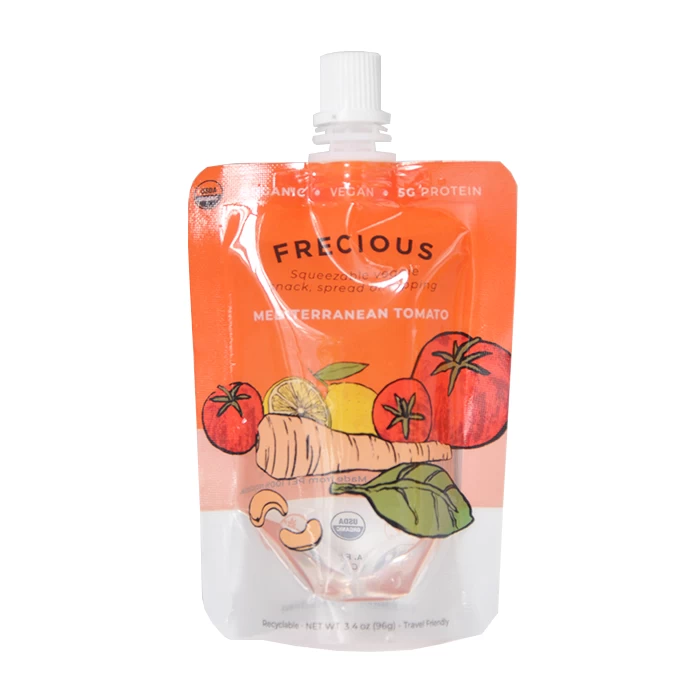Plastic is a life-changing resource, but the same qualities that make it useful—alongside poor waste management—have created a global waste challenge.
The plastic waste problem is a waste management problem
While plastic is durable, this also means plastic waste can be trapped in our environment for centuries, if not managed well. While plastics deteriorate into fragments easily through wear and tear, their polymer chains only break down into other smaller components at very high temperatures, such as during some chemical recycling processes. However, today only 15% of plastic waste is recycled.
The world still largely operates on the ‘linear economy’ model—sometimes known as ‘take-make-discard’—where raw materials are used to manufacture products, only to be disposed of at the end of their short lifetimes.
Transitioning to a more sustainable model is not rocket science, if we can remember the 3 Rs: Reduce, Reuse, Recycle—in that specific order of priority!
1. Reducing our overall consumption is about respecting our natural resources, only using what we need, and refusing unnecessary excess. Take the Japanese ‘Mottainai’ lifestyle approach—which teaches respect for the planet and its natural resources by reducing wasteful behaviour, using only what is needed.
2. Reuse is key to increasing the lifespan of the things we use. This includes repairing or upcycling our items to give them a new lease on life.
3. Recycling the waste we eventually generate is key to closing the loop in a circular economic model.

